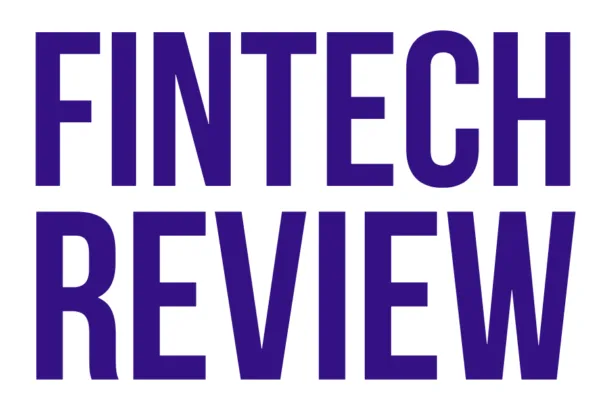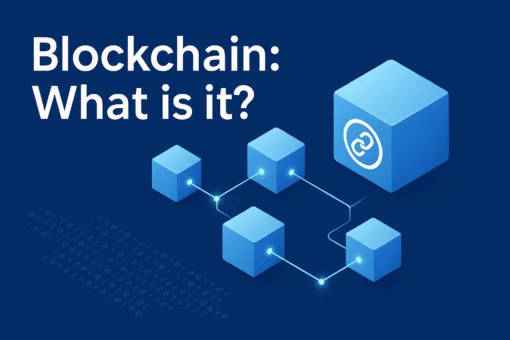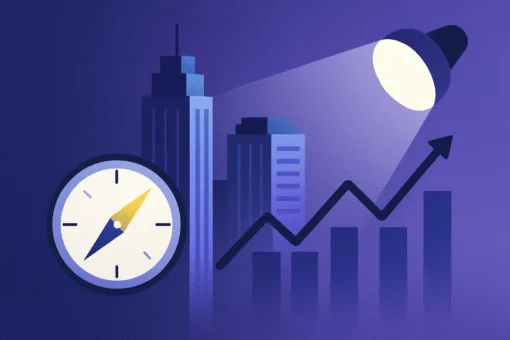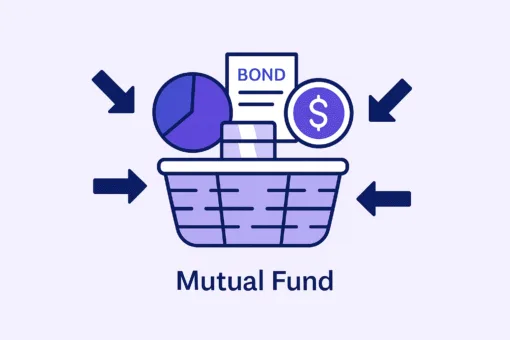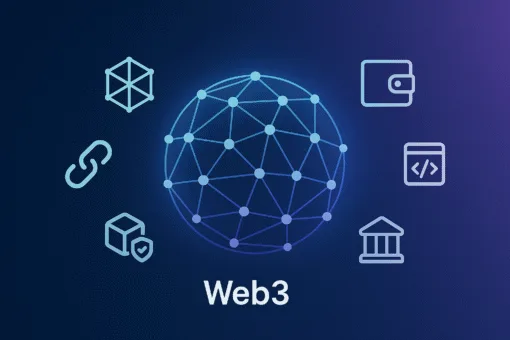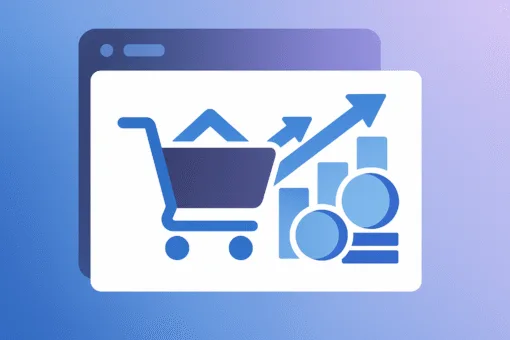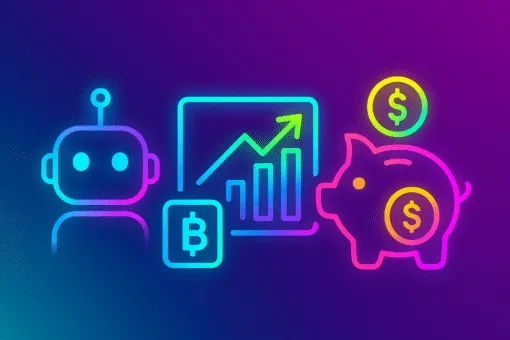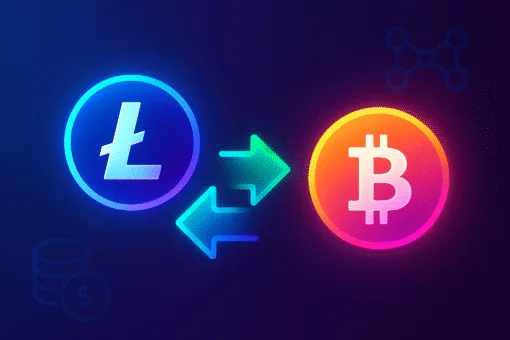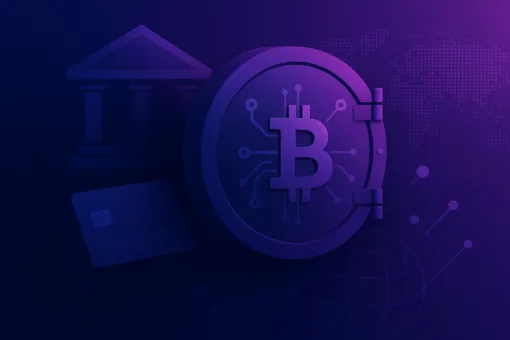Peer-to-peer lending has boomed in recent years, particularly in the US and the UK. And so has the funding funnelled to these companies. It had been also quite popular in China between 2011 and 2015, because lending there was really ripe for disruption. Until we realised that most Chinese P2P lenders were in fact Ponzi schemes. This led to the Chinese peer-to-peer lending market collapsing almost entirely. Nonetheless, P2P lending has a huge potential to get money where it is needed. What next for the industry? Fintech Review asked a few questions to Janis Eismonts, Founder and CEO of Sneakypeer.

Tell us more about Sneakypeer. What is your elevator pitch?
In essence, Sneakypeer is a tool for peer-to-peer investors who want to make educated investing decisions. We have researched numerous platforms and assigned them with a score that makes it easier to compare them. With our work, Sneakypeer is aiming to increase the transparency, objectiveness and investor safety in the P2P industry.
Additionally, we have delved deeper into the analytics of peer-to-peer platforms, constructing more investment performance centred tools for investment optimization. At the moment, these tools are exclusively for ‘in-house’ use.
What is your background and what is the story behind the company?
The story started back in 2019 when I attended a P2P conference in Riga organised by Karlis Levensteins, founder of Finfellas.com. My first idea was to start investing in P2P platforms. But the question was, which one is the safest for our own investments? That’s how with my team we decided to create a tool that analyses P2P platforms through multiple criteria. Not long after, we managed to negotiate with PhD Michel Verlaine from ICN Business school to join our team as a consultant to improve our risk management and analysis. Time passed, the product got more sophisticated. We understood that we had gathered a lot of information that could be helpful to others. That we could help thousands of investors to make data-driven investment decisions and avoid scams.
That’s how Sneakypeer was born. Right now we have a cross-functional team of six people who are constantly working to improve the logic of the product.
What do you see as the main challenges in P2P lending right now?

The peer-to-peer industry has grown and multiplied in size over the past few years. However, the growth cannot be forever exponential. I believe there is a looming problem of scalability that will materialise in the not so distant future. A greater proportion of the funds are going into the increasingly popular cryptocurrency markets. P2P is offering a relatively modest annual rate of return on one’s investments. That’s often not comparable to the monstrous fluctuations in crypto markets, which are attractive for a younger audience. Nevertheless, there is a great market opportunity for P2P, sometimes neglected by those looking to get rich fast.
Another challenge of P2P is related with one of its main risks and arguably with the reason why some platforms have been incepted in the first place. That is risk off-boarding and liquidity provision for loan originators. It can be a risky business models for the platforms, since the partnering loan originators are generally interested in pumping out new loans with the accessible liquidity. Risk aversion and control being a mere inconvenience. If the lower quality loans can be taken off the balance sheet and sold to unknowing investors, loan originators can really rev up their profits without the repercussions.
Sometimes it can be difficult to tell apart the platforms with that type of business model from the ones with up-to-standards risk management and project analysis. This is how novice investors can lose money.
Lastly, I would mention the relatively low liquidity of peer-to-peer markets as an issue. The funds are generally locked up for the duration of the underlying project or repayment of the loan. In the case of an investor needing liquidity, it is not always possible to liquidate an investment. Secondary markets exist and can be helpful, but not always. We have noticed that secondary markets can be efficient through discounts on the original investments. But that can be less appealing for some.
I believe that the lack of liquidity is one of the reasons holding back some potential investors from investing into P2P.
How are P2P platforms evolving and responding to these trends?
It depends on how fast are the platforms able to adapt to the newest trends. There are market players that are riding on the stable trends. Then, there are relatively new players like Income Marketplace, Debitum Network, LendSecured who are constantly working to improve their product, exploring new possibilities. We have an excellent relationship with Kimmo Rytkönen, CEO of Income Marketplace. His investor-focused approach regarding PDL lending is based on transparency, and it is something that attracts new investors by reliability and trust.
At the same time, stable platforms like Debitum Network led by Martins Liberts are a cornerstone in the P2P market. Their team has built an ecosystem around them and released the Debitum token (DEB) that shows their ability to adapt to the latest trends using the latest technologies.
Additionally, it is worth mentioning Nikita Goncars with his team at LendSecured. Nikita is a very active participant in the industry events and is organising forums with their users. It is a proof of their objective to make a market suitable for investors who want to enter the market and start building their portfolio. The goal is to bring more and more new investors. By sharing information, strategies and knowledge, it helps attract them.
To sum up, the market is filled with a lot of various investment options. But we pay attention and invest in the platforms which have really proved that their product is reliable. Together with their intention to make the market stronger by bringing an outstanding approach in respect to communication with investors and innovative products for the market.
Any innovation in fintech more broadly that you are really excited about?
Many innovations in the crypto space have been a growing interest. DeFi is one of the aspects that really fascinates me. The idea of decentralised finance and cutting out the middlemen for basically the first time since the start of trade is revolutionary. The field of DeFi is expanding with still plenty of room to go, with many creative innovations left to see. The idea of almost every concept of traditional finance being implementable in DeFi should make everyone’s gears turn!
Any plans for the future or product roadmap you want people to know about?
Right now, Sneakypeer is working on the development of additional features for P2P platforms. For instance, so they can seamlessly submit the latest updates of their company themselves. We will add a new section with interviews of platform CEO’s. That way, our users get to know who are the leaders behind the products. We are working on a blog series with articles about auto-investing, analysis of our own investments and much more to educate the community. This feature will be released in the upcoming months.
Our goal is to follow the latest trends in the investment industry. Therefore, at the beginning of 2022 we are going to expand analytics tools to other emerging financial instruments. Our risk team is making financial models for crypto and DeFi markets that will work similarly by scoring the tokens, projects and digging deeper into the immense amount of data that is available on blockchain. The brilliance of this relatively new technology is that despite the confidentiality level, you can receive all the historical data on blockchain, and we are using that to make predictions on the changes in the market. This project is currently in testing mode, and we will be announcing the release date on our LinkedIn page.
